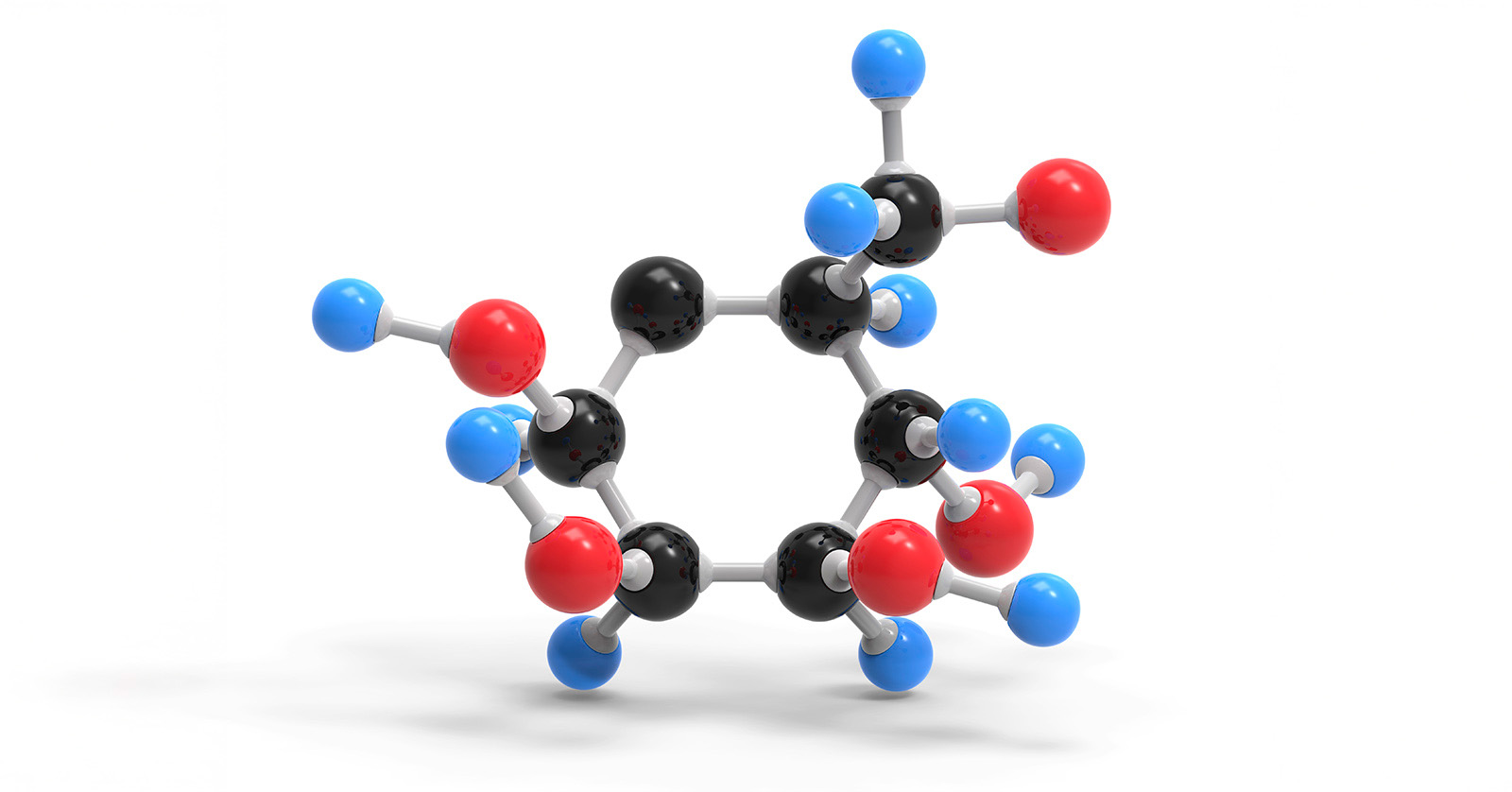New method intended to treat rare childhood disease works better than existing techniques

A new gene editing technique has the potential to correct glycogen storage disease type Ia (GSD-Ia), a hereditary disorder that results from a failure to produce glucose. People with GSD-Ia cannot maintain blood sugar levels, and as a result, they experience seizures, growth problems, and other issues.
With the new editing technique, the study authors corrected the genetic variant that causes the condition in up to 60% of mouse liver cells, relieving symptoms of the disorder. In contrast, older editing techniques corrected the variant in less than 2% of the animals’ cells.
The study was conducted by Janice Y. Chou, Ph.D., of the Eunice Kennedy Shriver National Institute of Child Health and Human Development (NICHD) and colleagues at NICHD and BEAM Therapeutics. It appears in Nature Communications.
Background
GSD-Ia is an inherited disorder that makes it difficult to maintain blood sugar levels, causing a buildup of glycogen, a complex sugar, in the body’s liver and kidney cells. The disorder results from a defect in glucose-6-phosphatase alpha, an enzyme found in the liver and kidneys that produces glucose from glycogen. The enzyme defect is caused by variations in G6PC1, the gene that codes for the enzyme. Accumulation of glycogen in the liver, kidneys, and small intestines prevents these organs from working properly. By ages 3 to 4 months, affected infants may have low levels of blood glucose, which can lead to seizures.
While previous researchers have tried to compensate for the loss of function of the G6PC1 gene, the findings have limitations.
Results
For the current study, researchers used a CRISPR-based gene editing approach that exchanges a single DNA base pair for another DNA base pair, also called an adenine base editor. They tested the treatment, called BEAM-301, in a mouse model they developed that has the human version of the variant G6PC1 gene. The DNA base editing technology was contained in lipid nanoparticles (tiny structures made of fatty material) injected into the animals’ bloodstream and absorbed by the liver, where they were taken into liver cells.
The therapy corrected the variant genes in up to 60% of the animals’ liver cells, restoring the ability to produce glucose from glycogen and other sources. The animals survived to 53 weeks—comparable to adulthood in humans. The mice also were spared the enlarged liver commonly seen in GSD-Ia.
Significance
The authors concluded their results showed that single base pair editing could potentially provide a long-term correction of the variant gene that causes GSD-Ia. They are now recruiting people with the disorder for a clinical trial.
Reference
Arnaoutova I, et al. Base-editing corrects metabolic abnormalities in a humanized mouse model for glycogen storage disease type-Ia. Nature Communications DOI: 10.1038/s41467-024-54108-1 (2024)
 BACK TO TOP
BACK TO TOP